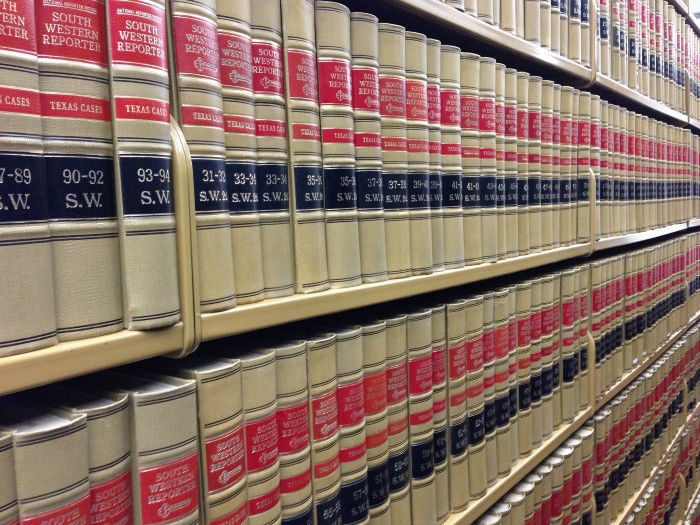How many books are there in a law library?

There are hundreds of thousands of books and articles related to legislation, case law, patents, treaties, legislation amendments, reports, explanatory notes, etc. along with legal citators, indexes, and digests all helping in the legal research process.
Most legal problems that lawyers deal with require extensive research where they need to analyze facts, determine the legal issues involved, research multiple angles and evaluate possible interpretations.
The doctrine of precedent is an important principle in several legal systems. This means referring to a previous judgment, which could be as early as in the 1800s. The doctrine of precedent is expressly incorporated in various judicial jurisdictions across the globe.
It is incorporated in India by Article 141 of the Constitution of India, 1950 which provides that the decisions of the Supreme Court are binding on all courts within the territory of India. Similarly, the decisions of a High Court are binding on all the courts below it within its jurisdiction. It is also an important element of the British legal system where a hierarchy is established in the British courts in which some cases are bound to follow the previous decisions while some cases are not.
